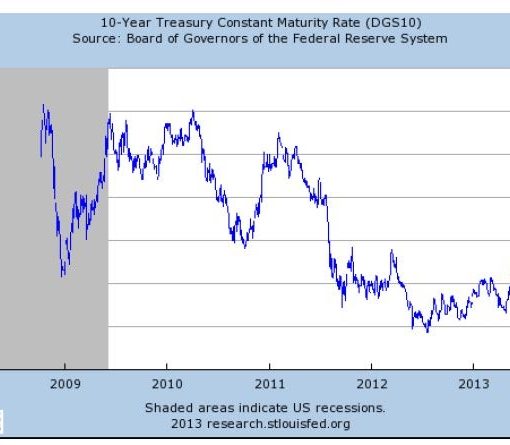Author: Vivian Lewis
Covestor model: International Yield
Disclosure: Long EC, TEI, SDRL, CEL

Given how well small capitalization stocks have performed in the past two years or so in the U.S., voices are growing on Wall Street that the time has come to move to large capitalization shares. I do not write about the United States, but about foreign countries. But I think the position is nonsense, for the U.S. or abroad.
In the global market even more than at home, smaller stocks still have the edge. Here is the latest on Q4 2010 from David Krein at Dow Jones Indexes:
During 2010’s fourth quarter, large caps (companies greater than $10 billion) had the largest weight increase across all index products. Representing 5%-10% by component count, large caps encompass approximately 60%-70% of the total float market cap for the Dow Jones Global Total Stock Market Index, Dow Jones Global Index, and Dow Jones Islamic Market Index. The top 50 holdings across the listed countries generally capture about 70%-90% of the country’s total float market cap with the exception of the U.S. (appx 40%) and Japan (appx 45%.)” (http://bit.ly/fDz8PR “Dow Jones Indexes: Global Equity Handbook” ETFWorld, February 5, 2011)
The Dow Jones data shows change from 3Q2010 to 4Q2010 across all three global equity indexes: Dow Jones Global Total Stock Market Index +9.54%; Dow Jones Global Index +9.45%; and Dow Jones Global Titans 50 Index +7.15%. (Source: Dow Jones Indexes)
Compare those Dow Jones Global Indexes. The total market index, with all stocks represented, gained 9.54% in the quarter. And the Global Index Dow-Jones comes very close in performance, up 9.45%. However, the main index market trackers look at daily is up only 7.15%. It contains 50 “titans” – very large companies indeed, the top 50 firms from outside the U.S.
Notice that smaller capitalization firms have outperformed as recently as the last quarter of 2010. This is not particularly new or subject to change. That is because of how indexes work. Small caps persistently outperform larger firms over the long term, stateside and overseas.
Our focus on ADR smallcaps often makes it hard for me to meet Covestor rules on liquidity and capitalization, which are based entirely on U.S. trading. With ADRs, which also trade on an overseas market in their homeland, taking into account only the American volume or capitalization can limit this model’s options. My International Yield model on Covestor is, however, up over 49% since inception on December 6, 2009 (as of 2/8/11 market close).



